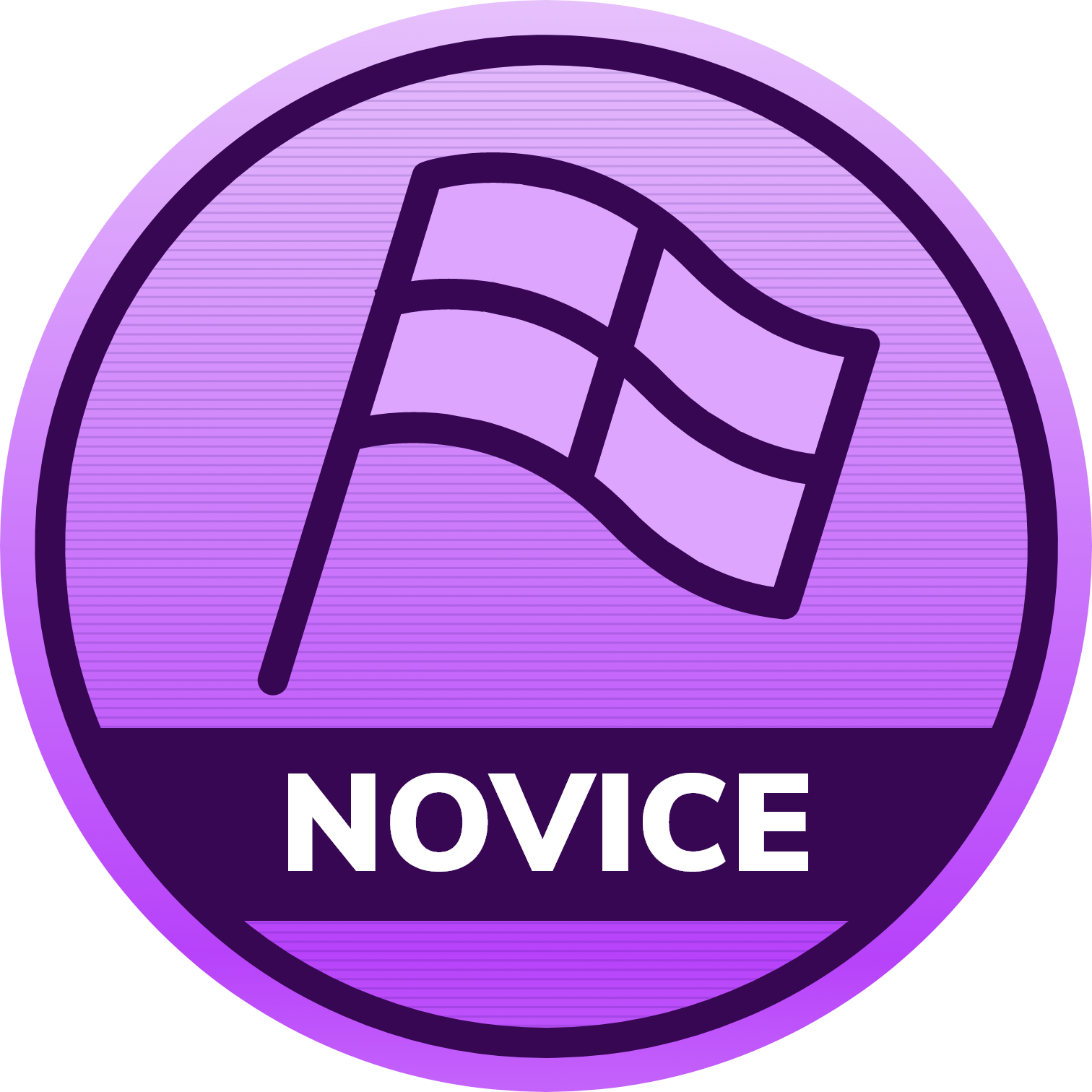Hi everyone! I’ve been reading about the Kiosk modes in Hexnode UEM for iOS devices. Can someone explain the difference between Single App Mode and Autonomous Single App Mode? I’m a bit confused about their functionalities.
- Home
- Kiosk Management
- Difference between autonomous single app mode and single app mode
Difference between autonomous single app mode and single app modeSolved
 554 Views
554 Views
Tags
Replies (11)
Same here. We are planning to use our iPads in a kiosk setting, and I want to make sure we choose the right mode for our needs. Any detailed insights would be great!
Single App Mode locks down the device to a single application. Once the device is powered on, the kiosk-enabled app launches automatically, restricting the device’s usage to that app alone. This mode ensures that the device functions solely as a specific-purpose machine. However, it- works only on supervised devices running iOS 6 or later. Also, the app must already be installed on the device, otherwise, the device may freeze and become inoperable until the kiosk profile is removed.
On the other hand, Autonomous Single App Mode (ASAM) offers greater flexibility. ASAM allows an app to lock itself down and release from the single app mode autonomously. This means the app can control when to enter and exit the kiosk mode, ensuring no other applications or notifications interrupt its functioning.
That sounds more informative. Is Autonomous Single App Mode available for any app?
Not all apps can use ASAM. The app must support ASAM and be associated with the Autonomous Single App Mode policy in Hexnode. You can add ASAM-supported in-house apps, store apps, or VPP apps from the Hexnode inventory or Public Store into the policy.
The app itself controls the kiosk mode in ASAM? That’s pretty cool. What are some use cases for ASAM?
Yes, @_patricia_ , the app itself controls the mode. ASAM is particularly useful for educational and enterprise scenarios. For example, in an educational setting, a testing app can lock down the device during an exam and then release it once the exam is over. In an enterprise setting, a specific work-related app can ensure it’s the only app used during a particular task or shift, then allow normal use once the task is completed.
This has been really helpful. So, if we need a more controlled environment with no interruptions, Single App Mode is the way to go. But if we need flexibility within an app’s functioning, ASAM is better.
Exactly. Choose Single App Mode for strict single-purpose use and ASAM for more dynamic control within an app. If you need any further assistance, feel free to reach out!
Thanks, Ben! This clears up a lot. I’ll discuss this with my team and see which mode suits our needs best.
Same here. I appreciate the detailed explanation, Ben!
You’re welcome! Glad I could help. Don’t hesitate to reach out if you need further clarification.
Best regards
Ben Clarke
Hexnode UEM



